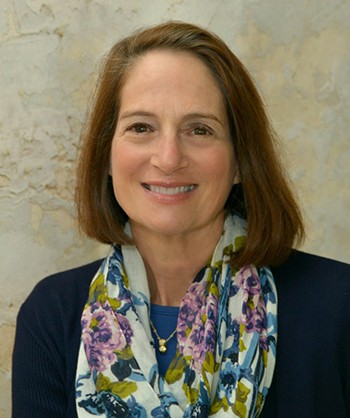
Judi Casey WorkLife Consultant Founding Director of the Work and Family Researchers Network (WFRN)
In the past 12 months, close to 40 million Americans—one in six—provided unpaid care to an adult family member or friend. In addition, approximately 34 million Americans were caring for someone age 50 or older. Who are these caregivers and what do we know about them?
One might want to generalize about the characteristics of these 40 million caregivers; however, according to Caregiving in the U.S. 2015, a report of the National Alliance for Caregiving and AARP, the profile of the typical caregiver is:
- 49-year-old female
- Employed full-time (nearly 35 hours per week, on average)
- Taking care of a female relative who is age 69 or older and has a long-term physical condition
- Providing care for four years on average
- Spending almost 25 hours each week on caregiving tasks and obligations
- Totally responsible for all caregiving commitments without support from other family members or professionals (e.g., aides, respite care, day treatment)
- Reporting an average household income of $54,700
- Married or living with a partner
- In very good or good health
- A high-school graduate with some college involvement but without an undergraduate degree
Since we know that 60% of caregivers are women, it follows that 40% of caregivers are men. What do we know about the typical male caregiver? His profile looks like this:
- 48 years old
- Employed full-time (nearly 38 hours per week, on average)
- Taking care of a 69-year-old female relative who has a long-term physical condition
- Providing care for 3.9 years on average
- Spending 23 hours each week on caregiving tasks and obligations
- Receiving help from unpaid but not from paid caregivers
- Reporting an average household income of $58,300
- Married or living with a partner
- In very good or good health
- A high-school graduate with some college involvement but without an undergraduate degree
These profiles are quite similar. The main differences are that male caregivers tend to have unpaid help from others, while female caregivers go it alone. Female caregivers report two additional hours of caregiving responsibilities each week. Male caregivers earn more money, but also spend three additional hours each week at their jobs.
But not all caregivers are in their late forties. Millennials between the ages of 18 and 34 represent nearly a quarter of all caregivers, with equal numbers of millennial men and women in the caregiving role. The profile of the typical millennial caregiver is:
- 27 years old
- Employed full-time, for an average of 35 hours per work
- Just as likely to be providing care now as to have provided care in the previous year (50% in each category)
- Taking care of female relative—often a parent or grandparent—not quite 60 years old who has a physical condition
- More likely than those in other caregiver groups to be taking care of a person with mental health issues
- Providing care for an average of 2.8 years
- Reporting an average household income of $42,200
- Just as likely to be married or living with a partner as not (half are and half aren’t)
- In excellent or very good health
- A high-school graduate with some college involvement but without an undergraduate degree
A 2015 survey from Ceridian LifeWorks—Double Duty: The Caregiving Crisis in the Workplace—found that millennial caregivers are different from other caregivers, in that:
- 64% are living with at least one care recipient
- 37% are calling in sick or pretending to be sick in order to leave work so they can provide care
Another group of caregivers to keep in mind is the “sandwich generation”: those who are responsible both for their own children and for older adults. According to the Pew Research Center (2013), 71% of sandwich generation caregivers are ages 40 to 59; 19% are younger than 40 and 10% are 60 or older. Men and women are equally represented in the sandwich generation. The Pew Research survey also found that:
- Almost half of 40- and 50-year-old adults have a parent age 65 or older, as well as responsibility for a young child, or financial responsibility for an older child (age 18 or older)
- Approximately 15% of the sandwich generation provide financial resources both for their children and an aging parent
Interestingly, part of the pressure on sandwich generation caregivers comes from needing to support their adult children. For example, 73% of caregivers in their 40s and 50s have given some financial resources to a child (age 18 or older), in comparison with 32% who have helped a parent who is age 65 or older.
Although one would anticipate that the pressures of these dual responsibilities are formidable for the sandwich generation, the Pew Research survey found that sandwich generation adults are just as satisfied with their lives as other adults are, with 28% reporting that they are “very happy,” and 51% indicating “pretty happy.”
So what’s the bottom line? It seems clear that caregivers are a diverse group and are likely to become even more so in the future. As the population ages and life expectancy rises, the need for caregivers will increase. Caregivers are men and women, all ages, all ethnicities, employed or not, and with or without children. We need to design policies and work environments that support these family caregivers, who are more and more likely to be distributed across the whole workforce. Caregiving is everyone’s issue!
For employers
Learn more about Employer Solutions for Family Caregivers
Author
Judi Casey
WorkLife Consultant
Founding Director of the Work and Family Researchers Network (WFRN)
Email: judiccasey@gmail.com

